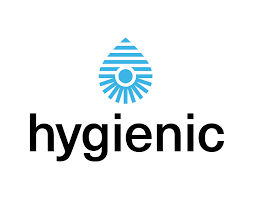Ultrasonic cleaning is an efficient hygienic cleaning method due to its effectiveness in removing contaminants. This method uses high-frequency sound waves to agitate a cleaning solution, which in turn cleans the surfaces of items placed in the ultrasonic cleaner.
How effective is ultrasonic cleaning?
Ultrasonic cleaning is highly effective at removing dirt, grease, oil, bacteria and other contaminants from surfaces. The microscopic bubbles created by the ultrasonic waves penetrate small crevices, ensuring a deep clean.
The agitation of the cleaning solution by ultrasonic waves can help dislodge and remove contaminants such as bacteria and viruses from surfaces. According to the University of Southampton a 2021 survey showed that ultrasonic cleaning of salad could reduce instances of food poisoning.
What industries benefit from ultrasonic cleaning?
Ultrasonic cleaners are commonly used in the medical and dental fields to clean and disinfect instruments. In laboratories, ultrasonic cleaners are used to clean glassware and other equipment, ensuring that they are free from any residues that could contaminate experiments. Ultrasonic cleaning is also used in the food and drinks industry to maintain hygiene standards by cleaning tools, equipment and even products, removing contaminants that could pose health risks.
It is non-abrasive and safe
Ultrasonic cleaning is non-abrasive, meaning it does not scratch or damage the items being cleaned. This is important for delicate or sensitive items that might be damaged by traditional cleaning methods.
Ultrasonic cleaners can be used on a range of materials, including plastics, glass, ceramics and more. This allows for hygienic cleaning of different types of objects without risk of material degradation. If your business requires a large ultrasonic cleaner, specialist providers such as hilsonic.co.uk offer a full range to suit your individual needs.
It saves time
Ultrasonic cleaning is efficient and can save time compared to manual cleaning methods. It ensures that items are cleaned thoroughly and quickly, which is important in maintaining hygiene standards. It has a gentle action on materials. Its application in hygiene-sensitive industries like medical, dental, laboratory, and food processing shows its reliability and effectiveness in keeping up the required high standards of cleanliness and hygiene.




